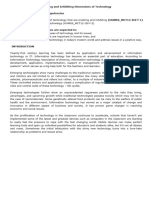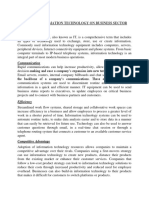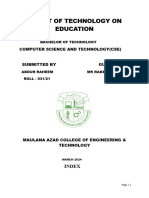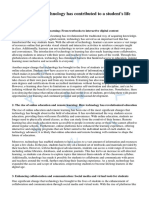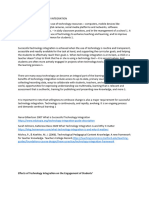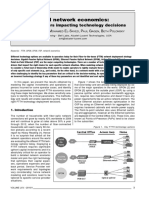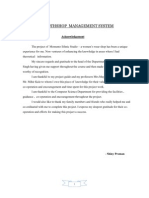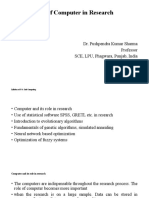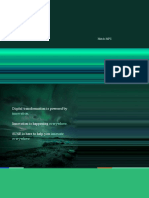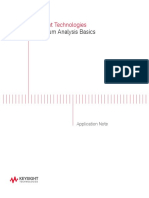0% found this document useful (0 votes)
10 views2 pagesLecture Discussion
The document discusses the transformative impact of technology on various sectors, particularly education, communication, work, entertainment, healthcare, and commerce, highlighting benefits such as increased accessibility and efficiency. It also addresses challenges including over-reliance on technology, the digital divide, and concerns related to privacy and safety. The need for careful consideration and mitigation of these challenges is emphasized for effective integration of technology in education.
Uploaded by
Myra LadoresCopyright
© © All Rights Reserved
We take content rights seriously. If you suspect this is your content, claim it here.
Available Formats
Download as DOCX, PDF, TXT or read online on Scribd
0% found this document useful (0 votes)
10 views2 pagesLecture Discussion
The document discusses the transformative impact of technology on various sectors, particularly education, communication, work, entertainment, healthcare, and commerce, highlighting benefits such as increased accessibility and efficiency. It also addresses challenges including over-reliance on technology, the digital divide, and concerns related to privacy and safety. The need for careful consideration and mitigation of these challenges is emphasized for effective integration of technology in education.
Uploaded by
Myra LadoresCopyright
© © All Rights Reserved
We take content rights seriously. If you suspect this is your content, claim it here.
Available Formats
Download as DOCX, PDF, TXT or read online on Scribd
/ 2











